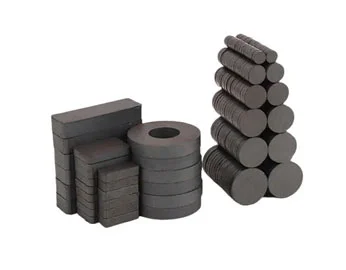There are several ways to test the quality of ferrite magnets. Here are some common methods:
Magnetic field strength test: This test measures the magnetic field strength of the magnet using a Gauss meter or a flux meter. The strength should be consistent across the surface of the magnet.
Pull strength test: This test measures the maximum force required to separate the magnet from a metal surface. The pull strength should be consistent across the surface of the magnet.
Coercivity test: This test measures the magnetic field required to demagnetize the magnet. The coercivity should be high, indicating that the magnet is resistant to demagnetization.
Visual inspection: A visual inspection can reveal any cracks, chips, or other defects in the magnet.
Temperature stability test: This test measures the magnet's ability to maintain its magnetic properties at high temperatures. The magnet should maintain its magnetic strength even at high temperatures.
Salt spray test: This test measures the magnet's resistance to corrosion by exposing it to a salt spray environment for a specified period. The magnet should show no signs of corrosion or degradation.
Overall, testing the quality of ferrite magnets requires specialized equipment and expertise. It is recommended to consult a professional or the manufacturer for proper testing procedures and interpretation of results.











